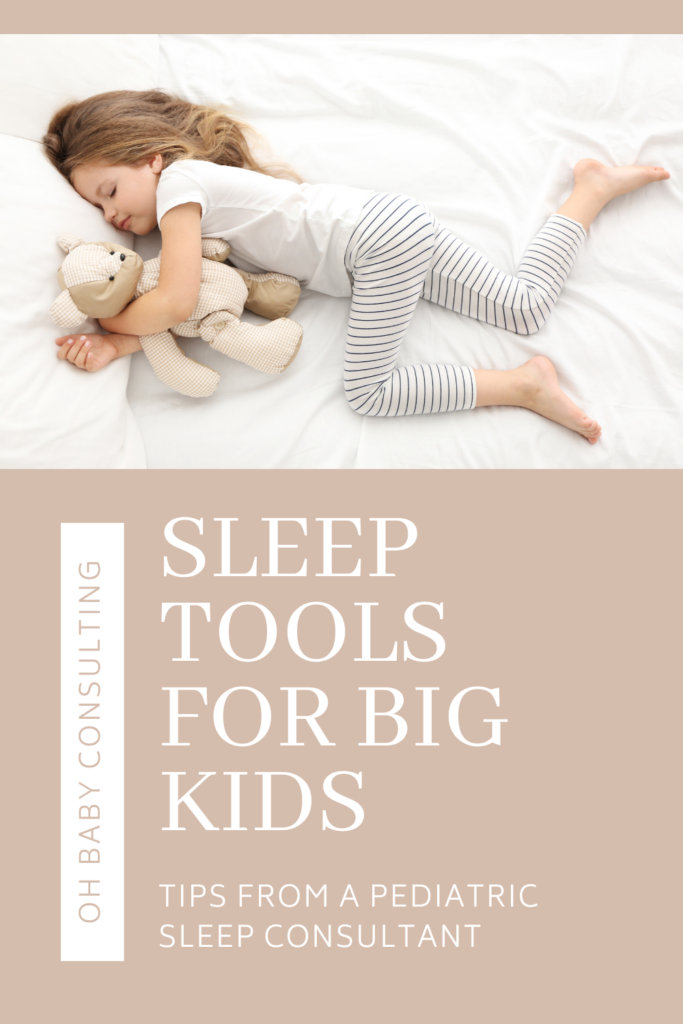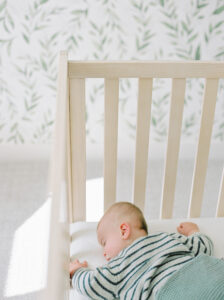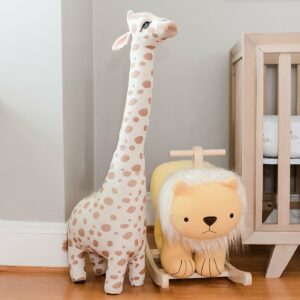We talk a lot about baby and toddler sleep at Oh Baby Consulting, but if your preschooler or even your big kid is struggling with sleep, there are resources and supports for you too!
There are many different, multifaceted reasons why big kids can struggle with sleep. A common trigger for sleep issues in 4-5+ year olds is just the sheer amount of change going on in their little lives. At this older age, kids are usually starting to become involved in activities that require more of them (think school or sports) and may be involved in these things more independently than ever before. This can lead to meltdowns and other big emotions as they navigate their busy schedule, their complex relationships with others, and perhaps a greater degree of separation from you.
For some kids, this can manifest into issues at night. They might want you to lay with them until they fall asleep, they may come out frequently at bedtime or even in the middle of the night, etc. These types of things can happen even to the best sleepers.
The tools you used to navigate sleep struggles with your baby or toddler are probably ineffective now, so I want to introduce you to some new tools you can use as you’re developing your plan to help your big kid’s sleep get back on track.
Relaxation Techniques
Introducing young child to relaxation techniques is a great skill to help them build that will serve them well beyond sleep. Being able to access and use relaxation techniques has been shown to improve children’s resilience, confidence, and self esteem. A few moments of relaxation each day can help improve your child’s nighttime sleep along with their daily concentration + focus. Relaxation exercises can also help with a variety of behavioral problems and is vital for physical, mental, and emotional health.
There are various relaxation techniques that you can teach your child.
Get my FREE Relaxation Technique Guide, here!!
Together with your child, choose 2-3 of these to focus on and practice during the day. Begin to incorporate them into your bedtime routine and as your child grows familiar with them, you can encourage them to use their strategies while trying to fall asleep or if they wake up in the middle of the night.
Special Time
When your child was a baby or a toddler, your bedtime routine was not only pretty cut + dry, but also probably was heavily parent-driven. Now that your child is older and more independent, they may be doing much of the routine on their own (showering, brushing their teeth, dressing themselves, etc.) As a parent, it’s important to both foster this budding independence and self-sufficiency while still being physically and emotionally available to your child as they navigate this time of transition.
Depending on your child’s temperament, they may crave dedicated time with you as they wind down and/or need some solo time before lights out. See below for my suggestion on how to build in some intentional togetherness but consider allowing your child to spend 5-10 minutes before lights out winding down on their own. This time can be for “reading” books, listening to stories or songs on a Toniebox, or any other relaxing activity.
If this is something your child is interested in, I’d recommend using a toddler clock like The Hatch to help signal the start and end of this special solo time.
Pit & Peak
One of the most prominent underlying reasons we see struggles at bedtime or in the middle of the night is a need for more connection with you. While you may want to remove that connection in the form of family meetings in your bed at 3:00 a.m., you do want to add it back in somewhere.
This “game” of Pit + Peak is an impactful way to replace your child’s desire to have you present while they’re falling asleep or all night long with a shorter more meaningful connection. Think of this like quality over quantity. Your child doesn’t actually need you for 12 hours while they sleep (or not sleep as the case may be); but what they do need is a connection that is rich in quality.
The concept of sharing your Pit & Peak is essentially recapping your high and low of the day. This is a great addition to the end of your bedtime routine – so after you’ve done a bath, brushed teeth, and read books. Sit with your child in their bed (or right beside it) and ask them their least favorite (pit) and favorite (peak) parts of their day. You can share too!!
As your child gets older, you can also add on things like:
- What made you laugh today?
- What are you most proud of today?
- What are you looking forward to tomorrow?
This is a solid 5-ish minutes where you just get to pour into your child with absolutely no other distractions. (And bonus, this is also a way to get information out of them that they may not have otherwise thought to share.)
Of course, these strategies in isolation aren’t necessarily going to be effective without you enforcing new boundaries and being consistent with them, but they are great additions that will supplement and enhance any plan that you’re following.














